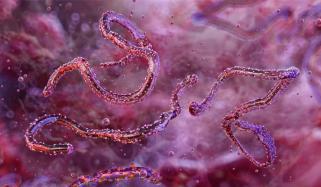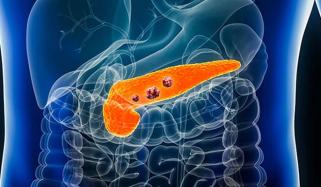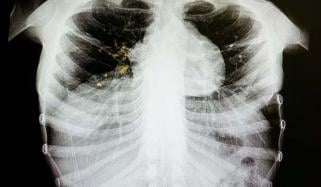
Scientists found that the long-used blood pressure drug hydralazine may assist combat cancer.
Consultants have been prescribing this drug since the 1950s; however, its exact mechanism remains unclear as it was developed before advanced target-based drug discovery.
A research team from the University of Pennsylvania have discovered that hydralazine directly targets an essential enzyme named 2-aminoethanethiol dioxygenase (ADO).
This enzyme works as a cellular oxygen sensor, assisting cells survive when oxygen levels decline. Increasingly-spreading cancers usually depend on ADO due to their increased growth outpaces their blood supply, causing deoxygenation inside the tumour.
By using cutting-edge techniques such as X-ray crystallography, the scientists showed that hydralazine binds to ADO and inhibits it.
By discontinuing the oxygen-response system, hydralazine prevents cancer cells from adapting to low oxygen.
Rather than dying, the cells enter “senescence,” a permanent sleep-like state where they stop dividing.
According to the lab tests conducted on human glioblastoma cells, hydralazine stopped cell growth within three days.
Although it didn’t kill the cells, removing their ability to multiply is considered a big step in handling aggressive cancers that may return following treatment.
It is pertinent to mention that hydralazine is already FDA-approved, researchers hope it could be repurposed for cancer therapy more quickly than developing a new drug.
However, the results are still early and have only been demonstrated in cell cultures. The next phase is to experiment the effect of inhibiting ADO in animals, and humans.
Scientists stressed that this result is the starting of exploring new cancer treatments depending on hydralazine’s mechanism.












